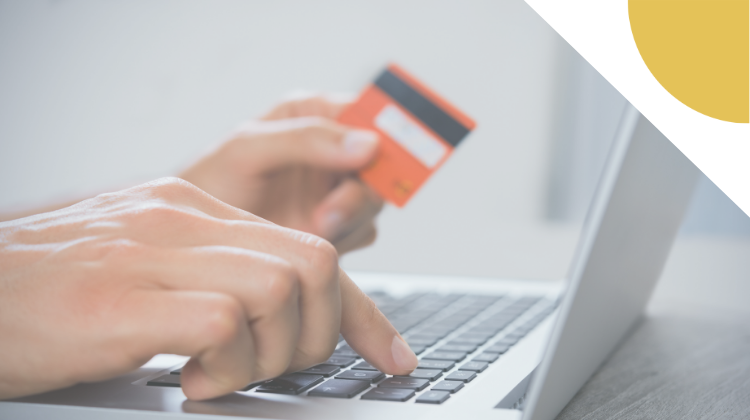Payments
Future-proofing current tech stacks: Behind Marqeta’s tokenization expansion
- Payment tokenization has become a sought-after technology by card networks and digital wallet providers.
- In a move to keep pace with consumers' expectations for better payment experiences and enable transactions directly from their mobile wallets, Marqeta has expanded its existing tokenization capabilities.








